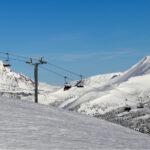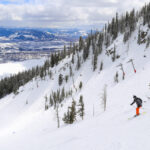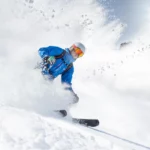What Do Ski Slope Ratings Really Mean?

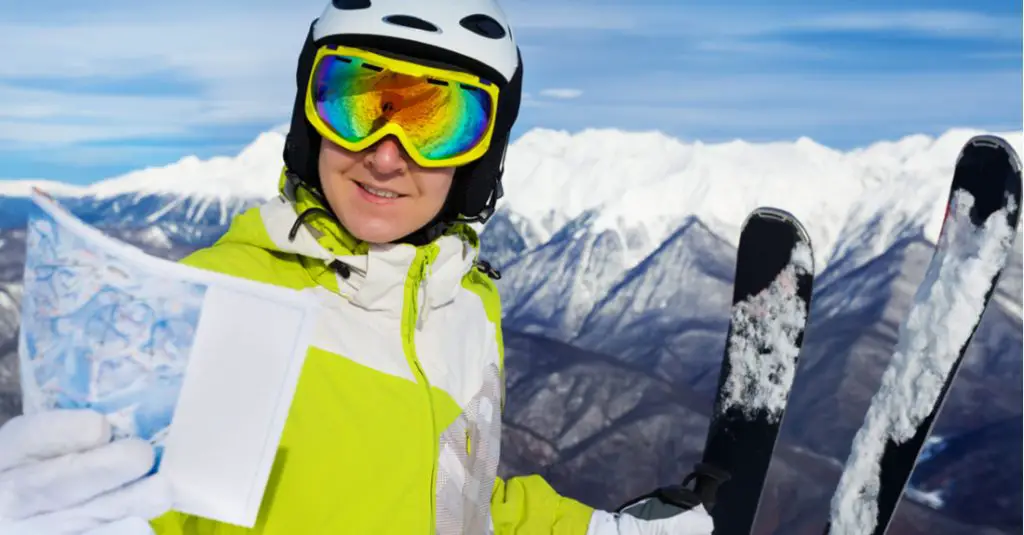
Once you know how to ski or ride, navigating resorts is easy. If you’re new, head to the green lifts, and if you’ve been skiing for years, jump on whatever black diamond terrain you want. Right?
Well, nope. (You probably saw that coming.)
The truth is that while all ski resorts in North America use the same rating system to gauge trail difficulty, all mountains are not made the same. Here’s a quick explanation of how ski resort rating systems work, and how to assess what terrain is best for you.
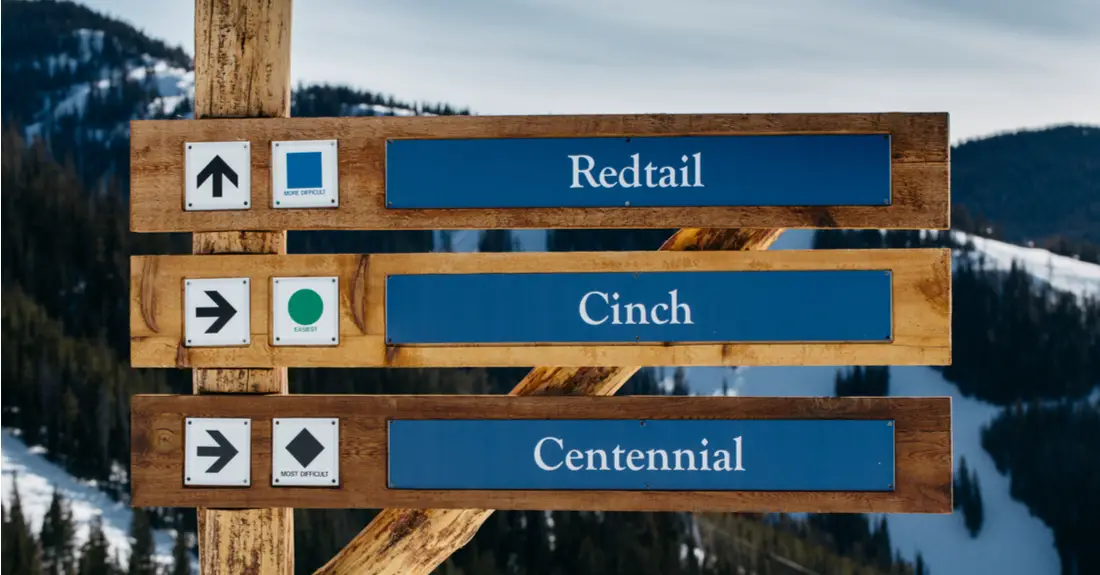
What do green, blue and black ratings mean?
If you look at any trail map for a ski resort in the United States or Canada, you’ll see that trails are rated with three colors: green, blue and black. Green is usually represented with a circle, blue with a square and black with a diamond. You might also notice a double black or an occasional triple black diamond,.
Trails marked as green are the easiest, blue is intermediate and black is hardest, with additional diamonds indicating extra challenge. But what’s important to remember is that there is no standardized rating system across resorts. That means that a blue trail at Resort A may be rated as a green trail if it was at Resort B.
This is because trails are rated in relation to other trails at the mountain, as opposed to being rated against a universal standard of difficulty . A trail marked as green means it’s among the easiest trails at that particular resort, but if it’s a steep or rocky mountain, it may still be much harder than a green at another resort.
Conversely, if you’ve tried a black trail at Resort A and found it too difficult, you may find that you can handle most blacks at Resort B. This is why people refer to some mountains as being “advanced”. It doesn’t mean that there isn’t any green terrain, but it may mean that the greens there are more like blues at other mountains.
You’ll notice a different system at European and Japanese resorts. They add in a red rating between blue and black. At those resorts, green trails will be more like beginner terrain, blue will be the easy intermediate trails, and red is the advanced intermediate trails. Black trails are still the hardest.
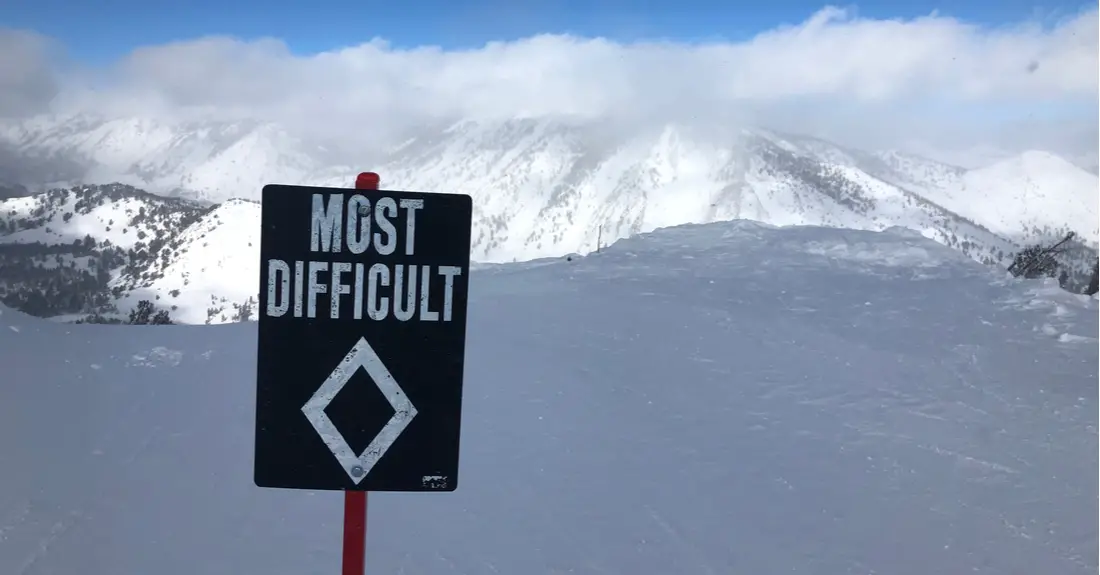
How are ski trails rated?
There are no hard and fast rules, but here’s a general guide to how mountains decide what to rate their runs:
Green trails are the easiest on the mountain. They feature a gradual slope and are wide and clear of obstacles. They’re always groomed without moguls or bumps, and have long lines of sight to ensure it’s easy to plan your route down without having to make sudden stops or changes in direction. Some mountains will mark the bunny hills (beginner terrain) as greens, while others will have a unique mark on the map to indicate an area designed for first-time skiers and snowboarders.
Blue trails are somewhere in the middle in terms of difficulty. These trails may have steeper sections and may be more narrow than green trails, but they’ll never have drops, cliffs, jumps or anything that requires your skis or board to leave the ground. At some resorts, the blues will feel similar to greens, while at others, there may be blue runs through wooded areas. Most resorts groom all their blue trails.
Black trails are the hardest on the mountain and have a huge degree of variability. Some resorts may have double blacks and triple blacks, which indicates that the single blacks are the easiest of the hard trails (but still not easy). Some black trails may just be steep, while others may have cliffs, chutes, trees, rocks or more. Black trails require exceptional control and can be narrow with icy or windblown areas.
Remember that trails will never get harder as you go down. If you start on a blue, it’ll be blue or green the whole way down – a blue trail won’t force you onto a black trail to get back to the base.
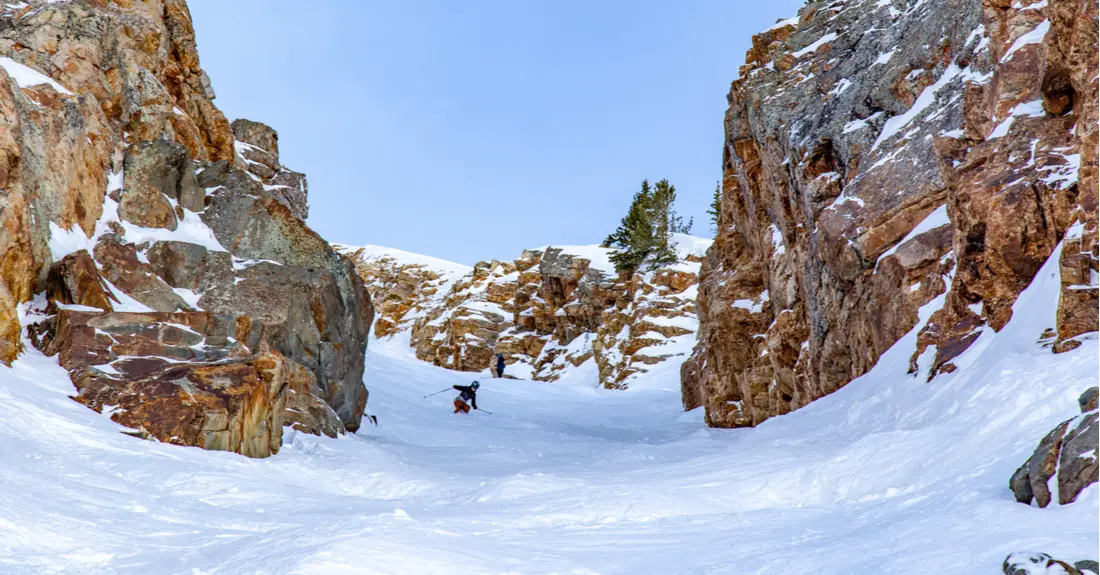
How do you know what you can ski?
Good news: this part is easy. Grab a trail map or download the resort’s phone app, then find a mountain guide or an info booth. Resorts often have people stationed around base lodges and outdoor trail maps to help answer questions, and they’ll appreciate a chance to chat and make recommendations based on your ability levels.
Unless you’ve been to a mountain several times or are seriously advanced, it’s best to start one level down from where you think you are. If you think you’re an advanced skier, start on a blue trail when visiting a new mountain, rather than on a black. That’ll help you gauge the difficulty of the mountain. Weather conditions can also make trails more difficult. Beginner skiers may find blue trails extra difficult when covered in deep snow, while advanced skiers may find deep snow a blessing on trails that are otherwise icy and windblown.
At the end of the day, just remember to take it slow. Start on easy trails and work your way up once you have a sense of what the mountain is like and how your body is feeling that day. The best skiers know that skiing is all about having fun and enjoying the outdoors – not about being the “best” on the mountain.

